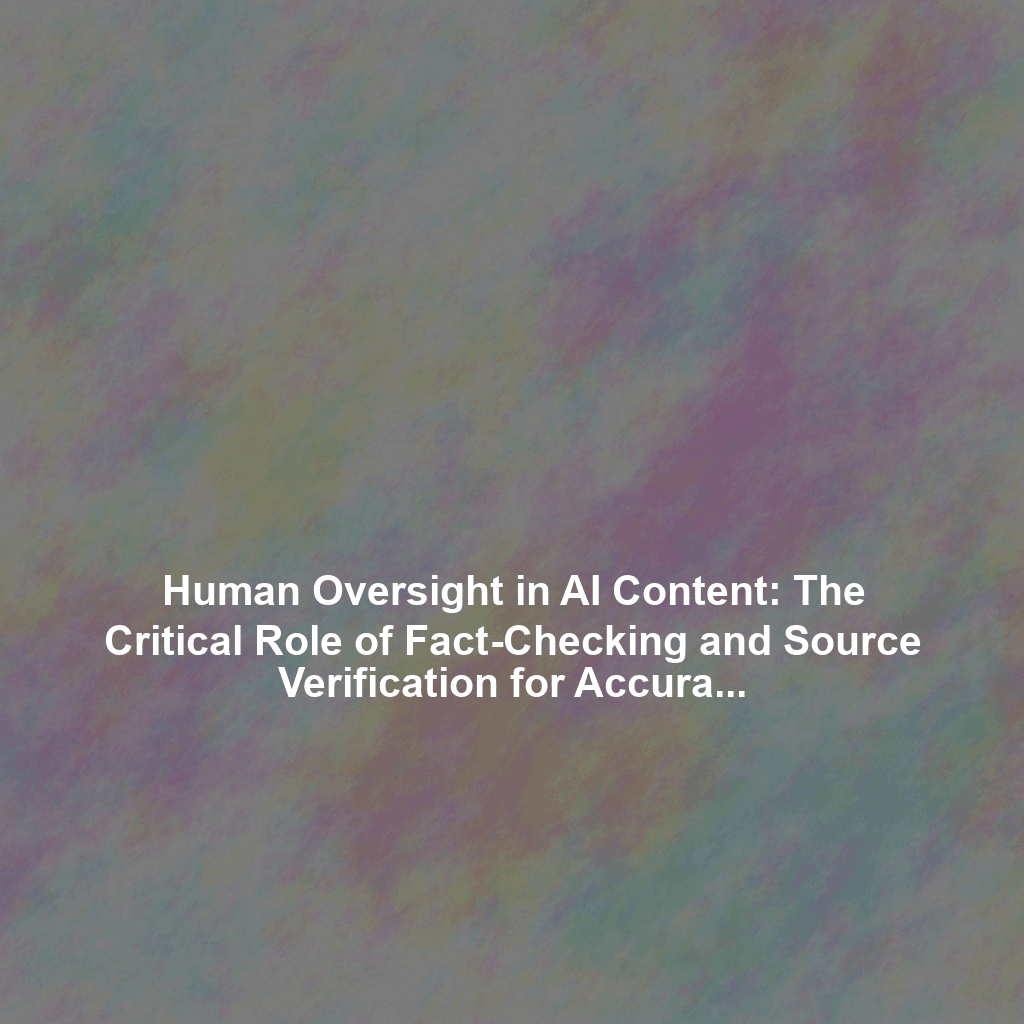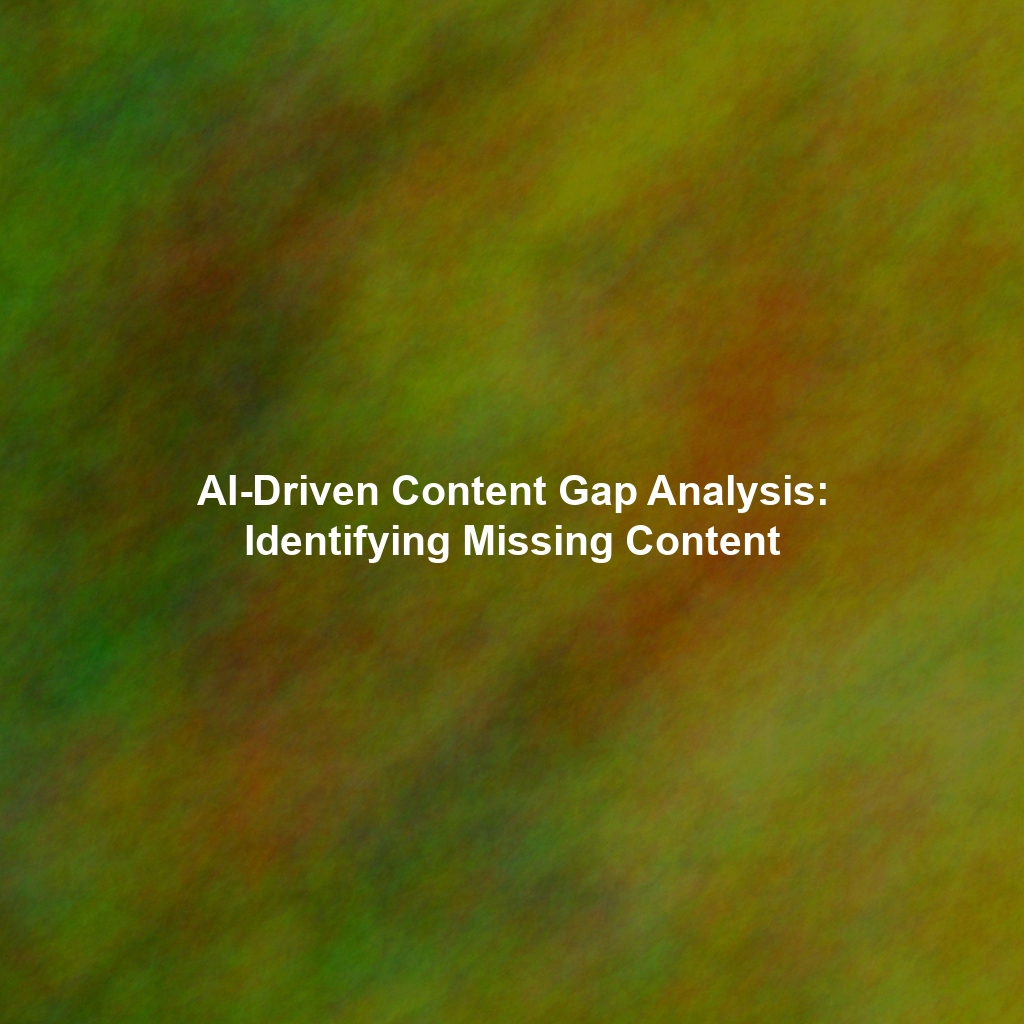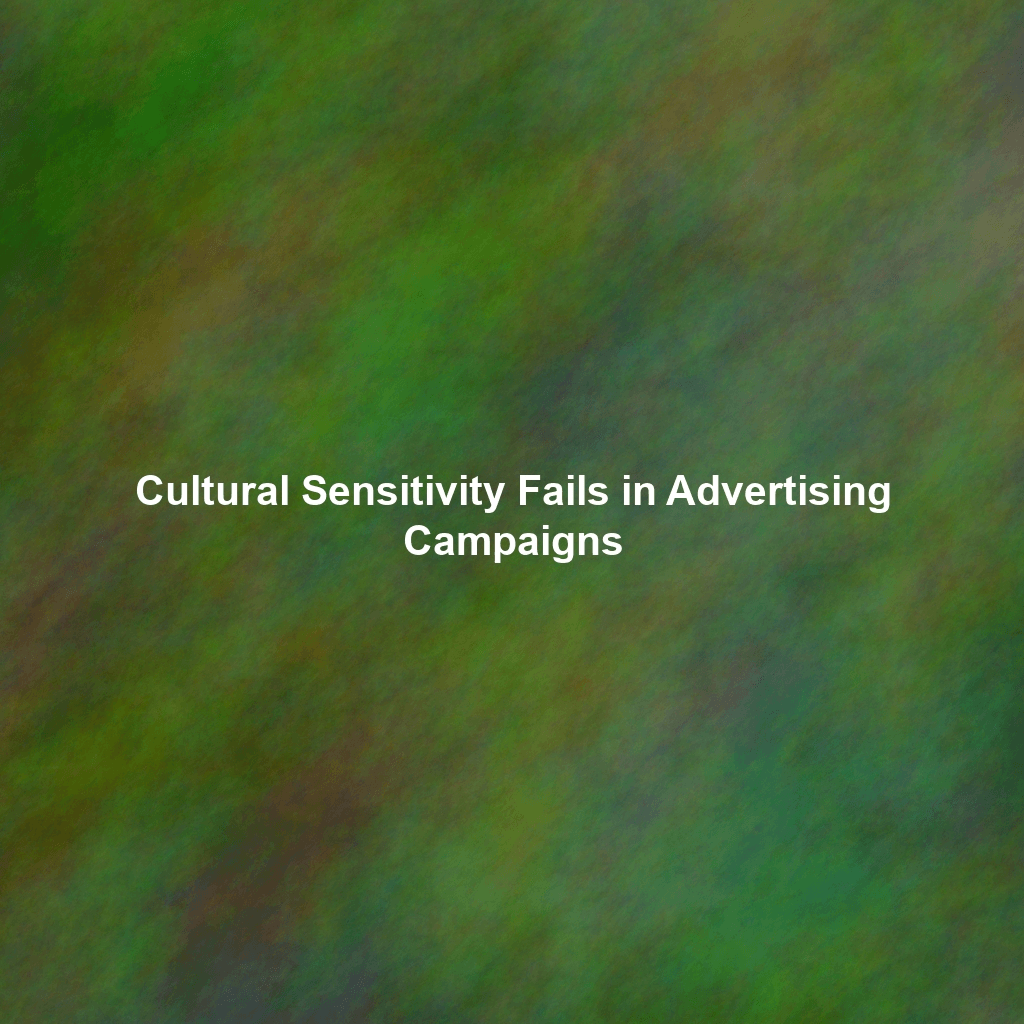The rise of AI-powered content creation tools has opened up exciting possibilities for efficiency and scale. However, relying solely on these tools without human intervention can lead to inaccuracies, misattributions, and ultimately, a loss of trust with your audience. This article explores the indispensable role of human oversight in ensuring the accuracy and validity of AI-generated content, focusing on fact-checking and source verification, especially when it comes to proper attribution.
Why Human Oversight is Crucial for AI Content
AI models, while sophisticated, are not infallible. They learn from vast datasets, but these datasets can contain biases, outdated information, and even outright falsehoods. Furthermore, AI can sometimes struggle with nuanced understanding, leading to misinterpretations and inaccurate representations of information. This is especially critical when dealing with factual claims and source attribution.
Think of AI as a powerful research assistant – capable of sifting through mountains of data, but requiring a seasoned researcher to double-check their work, verify the sources, and ensure the final product is accurate and ethically sound.
The Risks of Unverified AI Content
- Inaccurate Information: AI can generate text that sounds convincing but is factually incorrect.
- Misattribution: AI may incorrectly attribute information to the wrong source or fail to cite sources altogether, potentially leading to plagiarism issues.
- Bias Amplification: AI can perpetuate and even amplify existing biases present in the data it was trained on.
- Reputational Damage: Publishing inaccurate or poorly sourced content can damage your credibility and erode audience trust.
Fact-Checking AI-Generated Content: A Step-by-Step Guide
Fact-checking AI-generated content is a critical process that requires a systematic approach. Here’s a breakdown of essential steps:
1. Identify Factual Claims
Carefully read the AI-generated text and identify all factual statements, statistics, dates, and claims. Highlight these elements for focused verification.
2. Verify Information with Reputable Sources
Cross-reference each factual claim with reliable sources such as:
- Peer-reviewed academic journals: For scientific and research-based information.
- Government websites: For official data and statistics.
- Reputable news organizations: For current events and factual reporting (look for journalistic standards and ethics policies).
- Industry-specific publications: For specialized information and expert opinions.
3. Evaluate Source Credibility
Don’t just accept information at face value. Evaluate the credibility of each source:
- Author expertise: Is the author an expert in the field? What are their credentials?
- Publication reputation: Does the publication have a history of accuracy and impartiality?
- Bias: Does the source have a known bias that could influence the information presented?
- Date of publication: Is the information up-to-date?
4. Correct Inaccuracies and Add Missing Information
If you find inaccuracies, correct them using verified sources. Add any missing information that is essential for context and clarity.
Source Verification and Attribution in AI Writing
Properly attributing sources is crucial for academic integrity, ethical content creation, and building trust with your audience. AI tools often attempt to cite sources, but human editors must meticulously verify these citations.
1. Verify Source Accuracy
Ensure that the sources cited by the AI tool actually support the claims they are attributed to. Read the original source material to confirm that the information is accurately represented.
2. Check Citation Format
Ensure that all citations are formatted correctly according to the required style guide (e.g., APA, MLA, Chicago). Pay attention to details such as author names, publication dates, and page numbers.
3. Identify Missing Citations
If the AI has failed to cite a source for a factual claim, research and add the appropriate citation. This is essential to avoid plagiarism.
4. Evaluate Source Diversity
Ensure the AI isn’t overly reliant on a single source or type of source. Strive for a diverse range of credible sources to support your content’s claims.
Best Practices for Human Editors Reviewing AI Content
To effectively review AI-generated content, editors should adopt the following best practices:
- Approach with Skepticism: Don’t assume that the AI is always correct. Approach the content with a critical eye and be prepared to question everything.
- Understand the AI’s Limitations: Be aware of the specific limitations of the AI tool you are using. What types of information does it struggle with? What biases might it have?
- Use Fact-Checking Tools: Leverage online fact-checking tools and resources to quickly verify information.
- Collaborate with Subject Matter Experts: If you are not an expert in the subject matter, consult with a subject matter expert to ensure accuracy.
- Document Your Edits: Keep a record of all changes you make to the AI-generated content. This will help you identify patterns of errors and improve the AI’s performance over time.
- Implement a Style Guide: Enforce a consistent style guide for all AI-generated content to maintain quality and brand consistency.
The Future of Content Creation: Human and AI Collaboration
The future of content creation lies in the synergistic collaboration between human expertise and AI capabilities. AI can automate repetitive tasks, generate initial drafts, and identify relevant information. However, human editors are essential for ensuring accuracy, verifying sources, and adding the critical thinking and creative flair that AI currently lacks.
By combining the strengths of both humans and AI, we can create content that is both efficient and reliable, fostering trust and credibility with our audience.
Conclusion
In conclusion, human oversight is not optional but indispensable for producing accurate, ethical, and trustworthy AI-generated content. By prioritizing fact-checking, source verification, and proper attribution, we can harness the power of AI while mitigating the risks of misinformation and misrepresentation. The key is to embrace a collaborative approach, leveraging AI’s efficiency while relying on human expertise to ensure the highest standards of quality and integrity.
 Skip to content
Skip to content

